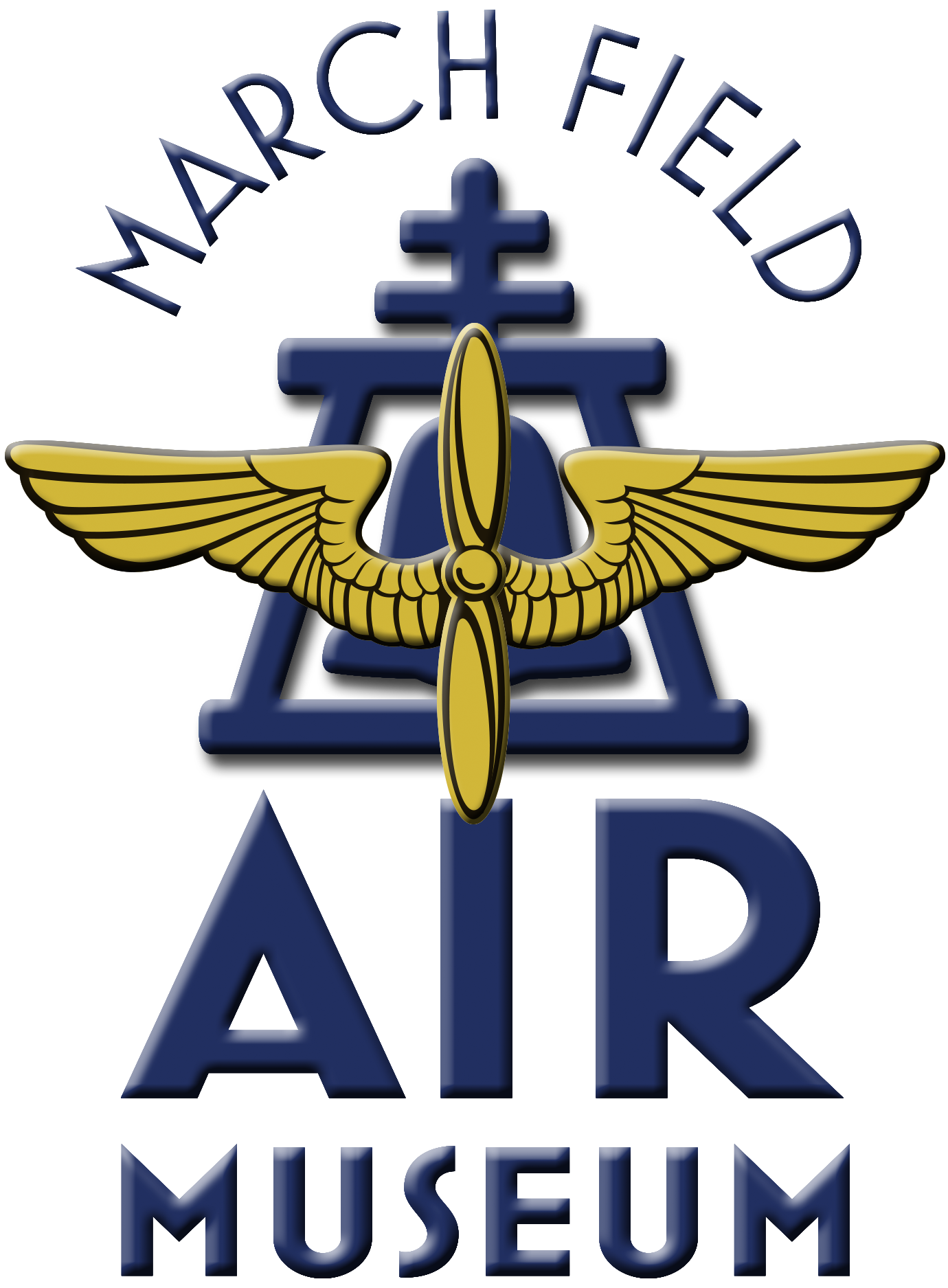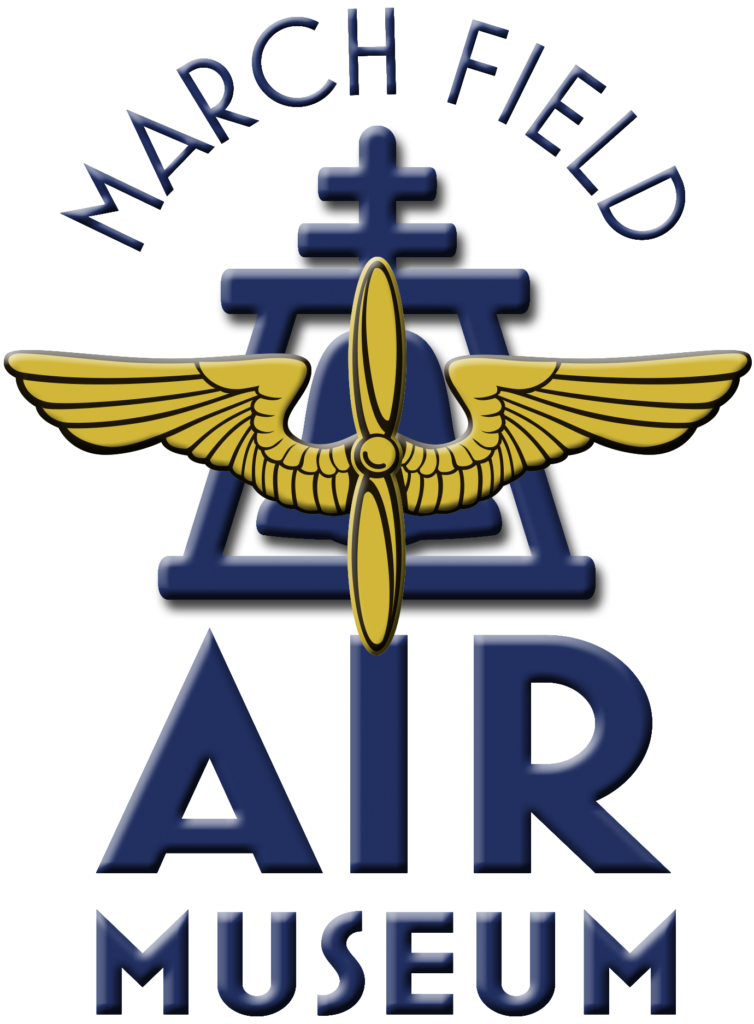EB-57B Canberra
In the midst of the Korean War, the United States Air Force determined it
needed an all-weather tactical bomber capable of the low-level interdiction of
enemy ground transports. Designed by English Electric Aviation, the twin
jet-engine Canberra light bomber won the competition, becoming the first foreign designed military aircraft to be produced in the United States since the First World War. Behind in Canberra orders to the RAF, English Electric granted Martin Aviation the contract to produce the newly designated B-57 in the United States.
Although the Martin Company began with the sleek Canberra jet-bomber, they made significant improvements re-configuring the aircraft with powerful Wright J65 engines, adding wingtip fuel tanks, reducing the crew from three to two and
installing bomb-bay doors that rotated into the fuselage to decrease drag.
The first production B-57 flew on July 20, 1953, seven days before the
Armistice ending the Korean War. By August, the USAF had accepted the B-57 for production. Between 1953 and 1957, 403 B-57s were built in various
configurations.
The War in Vietnam brought the B-57 into conflict for the first time when two
RB-57Es arrived in Southeast Asia in April of 1963 to fly reconnaissance
sorties. By August of the next year, B-57B bombers from the Air Force’s 8th and
13th Bomb Squadrons were engaged in night interdiction missions from bases in
Bien Hoa, Vietnam. 1966 saw the B-57 contingent transferred to Phan Rang Air
Base to conduct operations centered on the Ho Chi Minh trail and the Viet Cong
strongholds in Binh Duong Province known as the “Iron Triangle.” A total of 94
B-57Bs were deployed to Southeast Asia, 51 were lost in combat and seven to
other causes. By 1969, only nine survived.
March Field Air Museum’s B-57B, serial number 52-1519 is one of those rare
survivors. Beginning life as a “D” model, it was delivered to the Air Force on
March 29, 1955. During its operational life, it saw service with the 8th
Tactical Bombing Squadron, Air National Guard Units in Kansas and Kentucky,
PACAF units at Clark AB, Philippines, and Phan Rang AB, Vietnam. From 1969 to
1972, 52-1519 was stored at the “boneyard” at Davis-Monthan AFB, AZ. In 1973 it was converted to an EB-57B for an Electronic Counter-Measures (ECM) role, and flew with the 158th Defense Systems Evaluation Group of the Vermont Air National Guard from 1974-1981. This aircraft is currently on loan from the NMUSAF.
| Manufacturer: | Martin | ||
| Designation: | EB-57 | ||
| Version: | B | ||
| Nickname: | Canberra | ||
| Type: | Electronic Warfare / Special Electronics | ||
| Specifications | |||
|---|---|---|---|
| Length: | 65′ 6″ | ||
| Height: | 15′ 6″ | ||
| Wingspan: | 64′ | ||
| Gross Weight: | 58798.0 lbs | ||
| Max Weight: | 58800.0lbs | ||
| Payload: | 6,000 lb (bomber) | ||
| Armament: | four 20mm cannon (bomber) | ||
| Propulsion | |||
| No. of Engines: | 2 | ||
| Powerplant: | Wright J65-W-5 | ||
| Thrust (each): | 7220 | ||
| Performance | |||
| Range: | 2000 miles | ||
| Cruise Speed: | 450.00 mph | ||
| Max Speed: | 582.00 Mph | ||
| Ceiling: | 49000.0 Ft | ||

